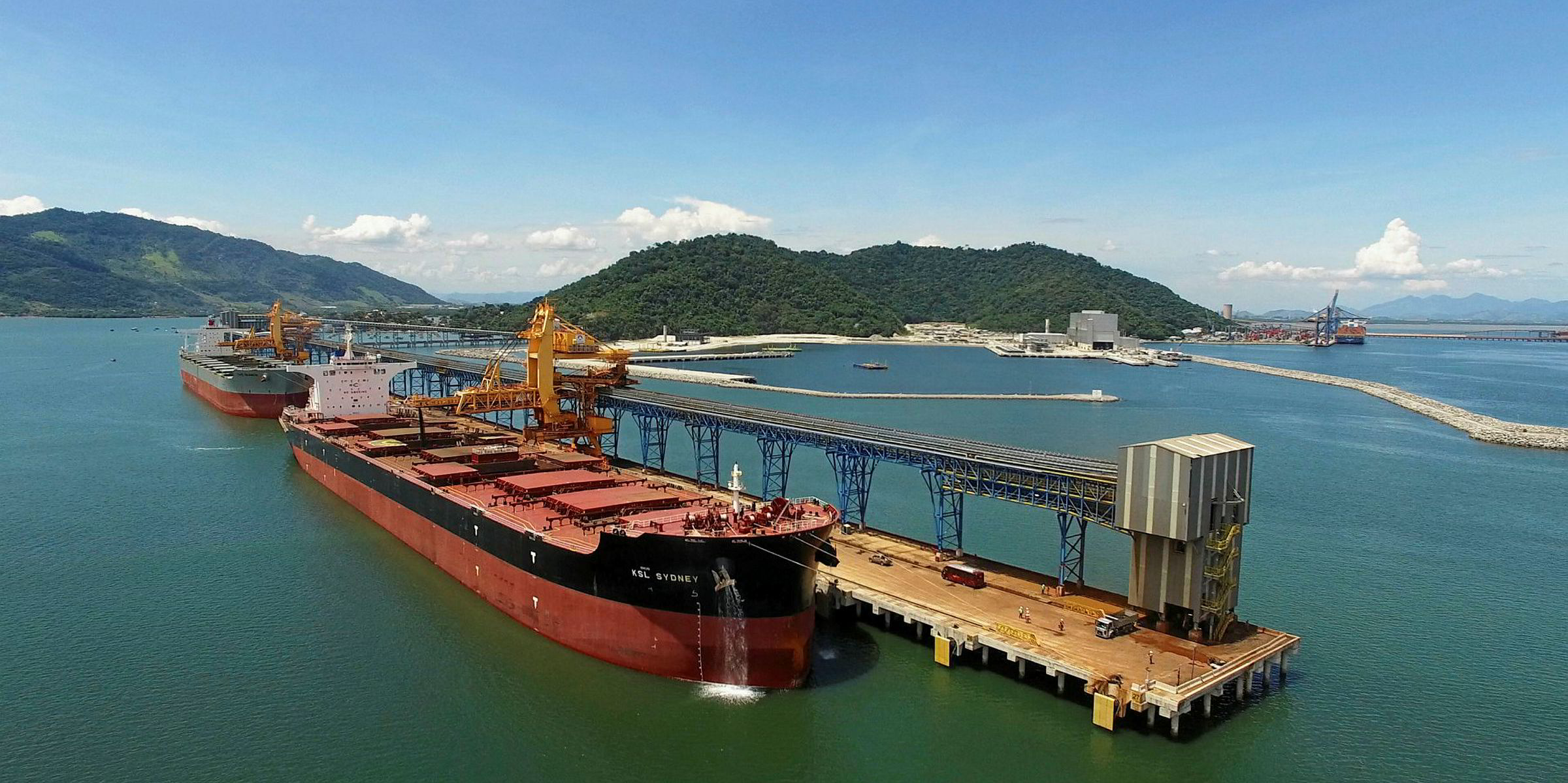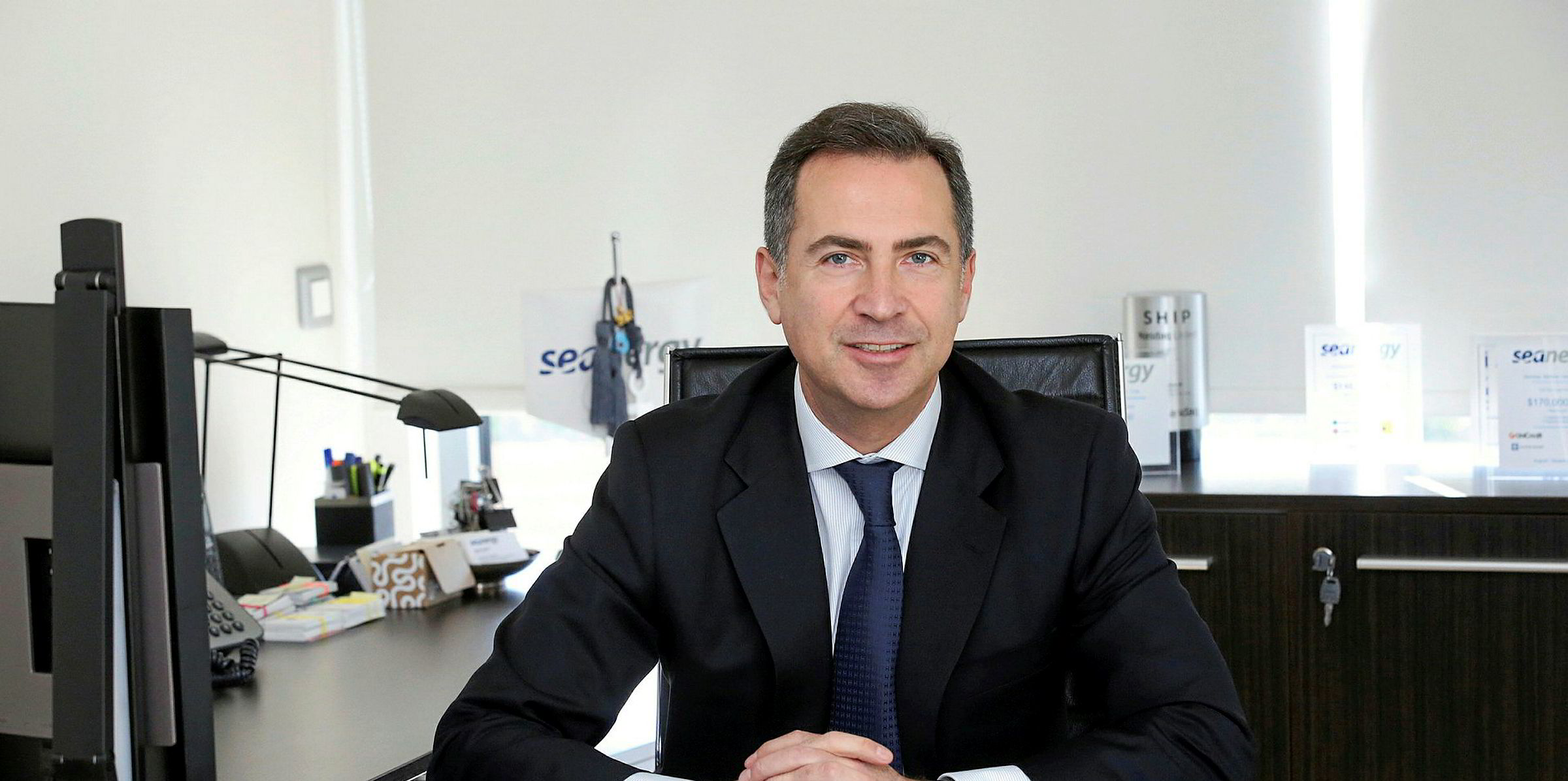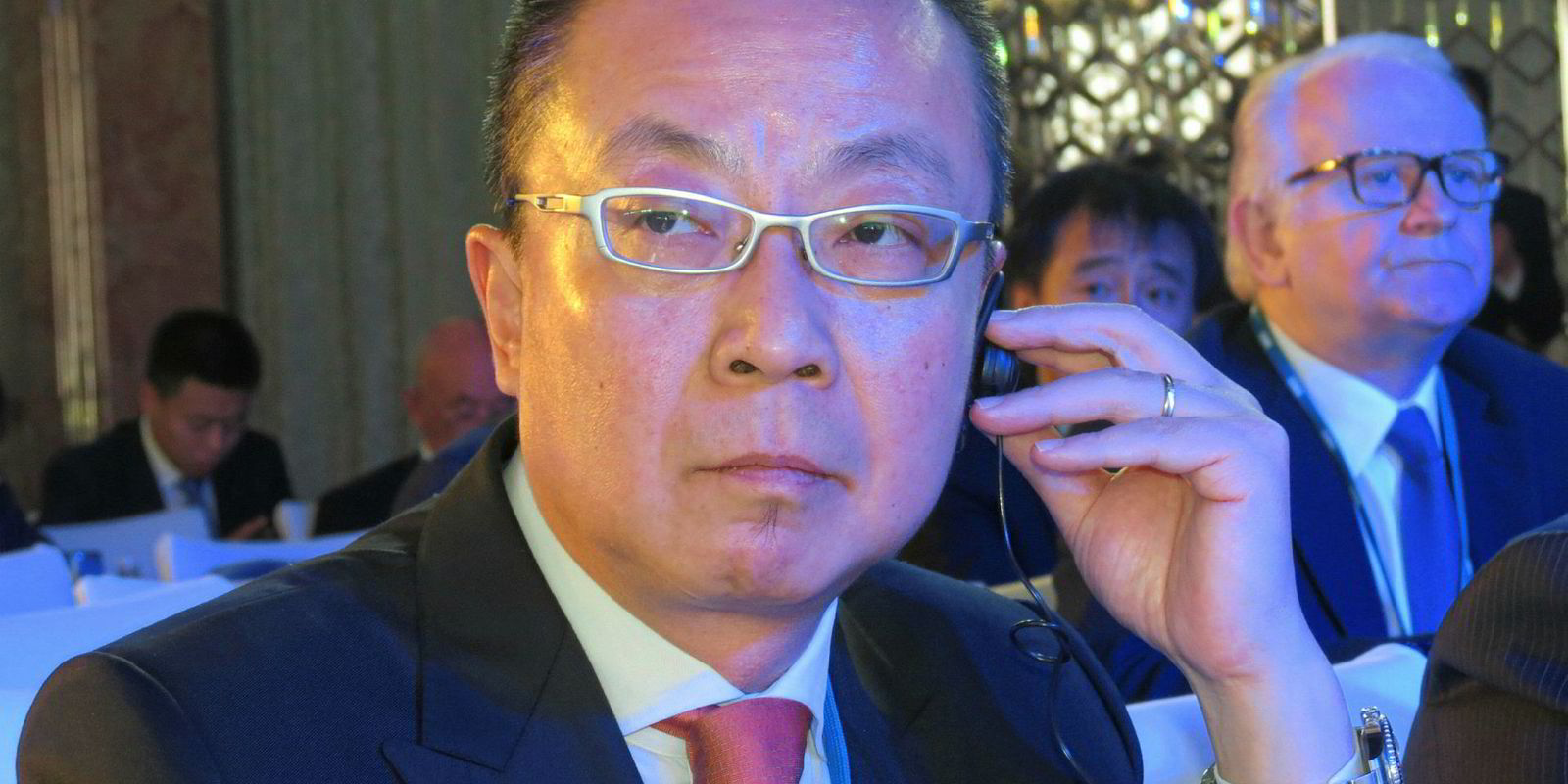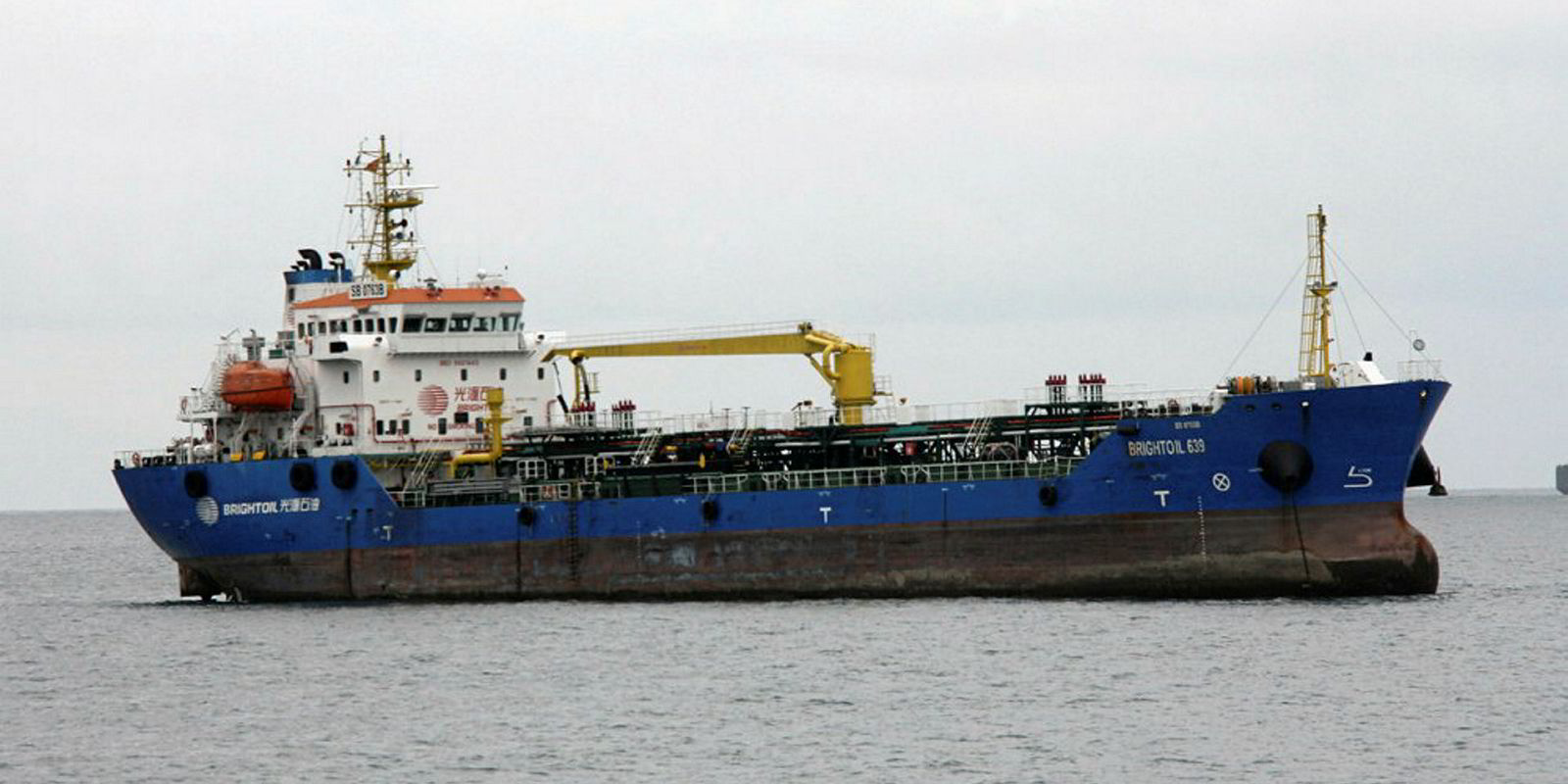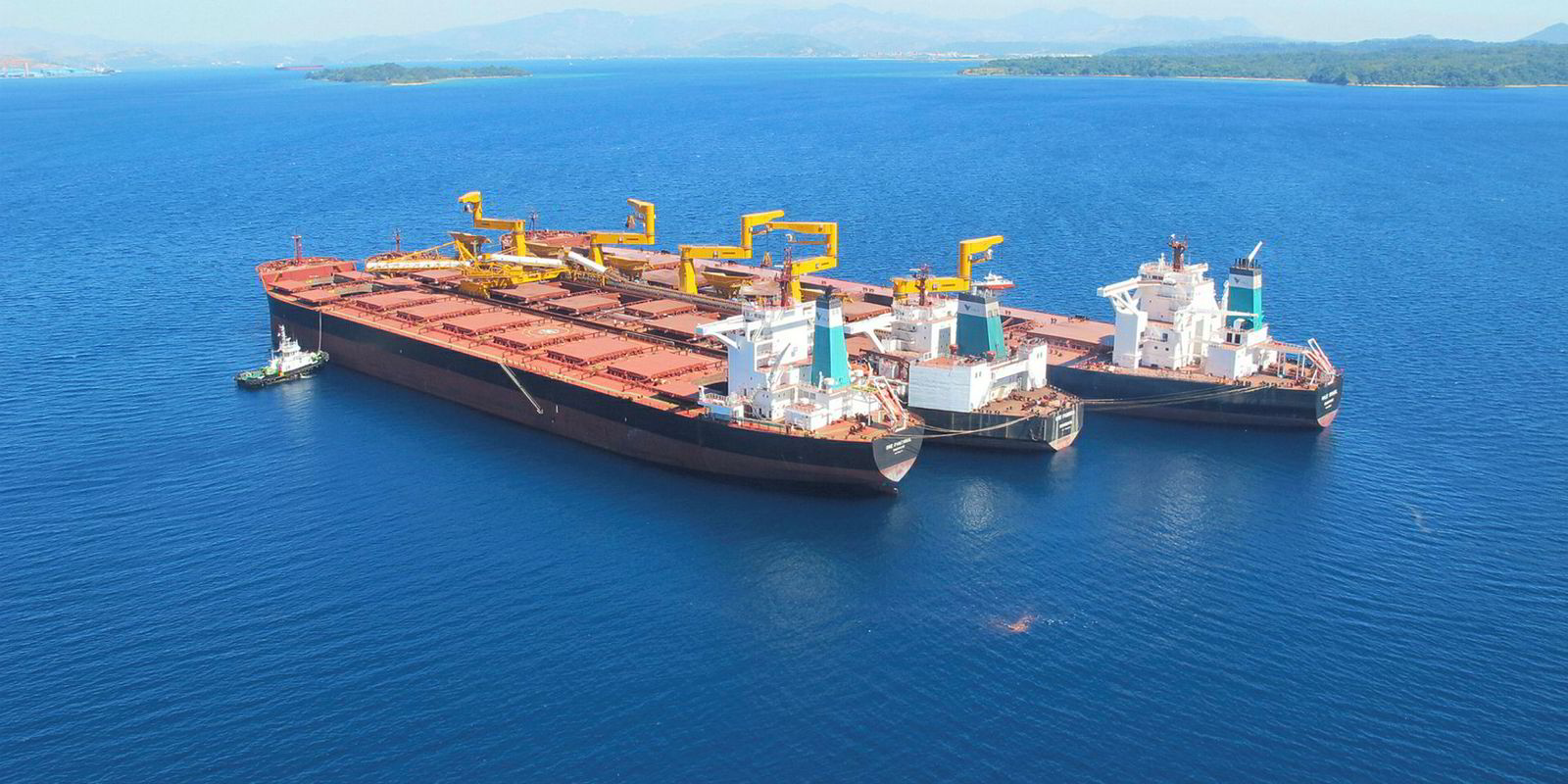Capesize earnings have failed to break the $20,000-per-day mark this week, weighed down by high bunker prices and lower-than-expected Brazilian iron ore exports.
The market had risen for 11 consecutive sessions to reach $19,319 per day on 3 October, then a one-month high.
However, the weighted time charter average on the Baltic Exchange dropped 6.7% to close at $18,026 per day on Friday.
While increases in bunker prices eroded vessel earnings on a time charter equivalent basis, the recent capesize rally was halted by lackluster charter demand in Brazil, according to some brokers.
“Lots of owners were ballasting over there, and I don’t know what they are going to do now,” said a Chinese broker.
The C3 iron ore shipping rate for the Tubarao-Qingdao route dropped to $20.32 per tonne on Friday from $20.78 on Tuesday.
“Only Vale is in the market and they are asking for $19.5 per tonne, while owners are holding out for $20. If the offer is raised to high-$19, some may bite,” the broker said.
While the C5 West Australia-Qingdao rate also fell to $8.79 per tonne on Friday from the recent peak of $9.24 on Wednesday, sentiment has been relatively firm in the Pacific due to continued charter demand from Australian mining giants.
“We are hoping to see a stable rate in the Pacific,” said a Singaporean broker.
Looking forward, most market participants still expect a strong fourth quarter for capesize markets, with balanced tonnage and seasonal demand.
Capesize earnings will increase to an average of $24,000 per day in October-December, according to the median forecast in a Bloomberg survey of eight analysts.
However, there have also been signs of macro-side weakness emerging, not least due to the ongoing trade war between China and the US.
With flatting steel production and stock drawdowns in Chinese ports, China’s iron ore imports will fall to 1.059 billion tonnes in 2018 from 1.075 billion tonnes in 2017, according to the latest official forecast by the Australian government.
